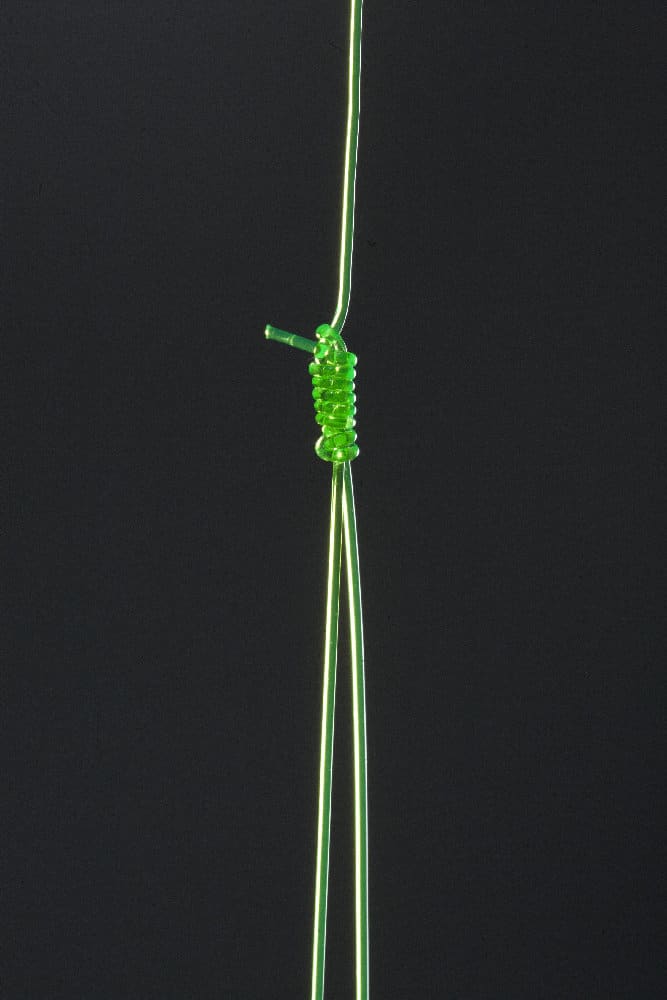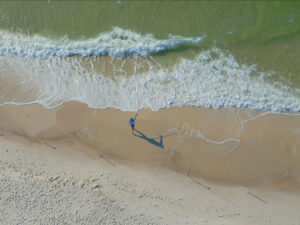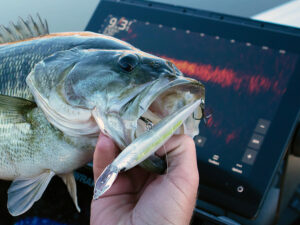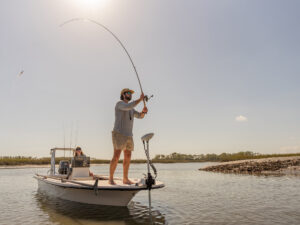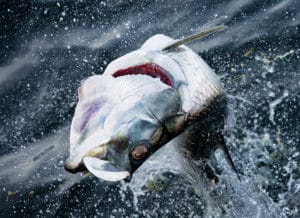(Be sure to click through all the images in the gallery above to see close-up knot photos, entrants’ scores, and step-by-step knot tying instructions.)
In 2010, we published the results of Sport Fishing‘s first reader knot challenge. A total of 44 readers tied 30-pound braided main line to 50-pound fluorocarbon leader.
How they did so varied, but about half tied a double line first (to connect to the leader), while the other half chose to leave the main line as a single strand.
Many anglers — including many skippers — in fact customarily tie their braid main lines as a single strand. But at least among our entries, tying a double line proved by far the strongest connection: Of the top 12 finishers, all 12 used a double line to tie to the leader.
This year’s challenge focused on knots used to create a double line, with the primary objective of finding which knots proved strongest and how those were tied.
A CALL FOR ENTRIES
Last spring, we solicited entries via the magazine and sportfishingmag.com, sending to the first 50 respondents instructions, a brief questionnaire and lengths of line to use.
All entrants received PowerPro Super 8 Slick 30-pound braid and Berkley Trilene Big Game 30-pound mono. All were instructed to tie three knots to create three doubled lines with the braid, and three again with the mono.
We promised that the top three finishers for each line type would receive a Penn Spinfisher SSV3500 filled with 30-pound SpiderWire Ultracast Invisibraid on a Penn Regiment Inshore rod (retail about $330 per outfit).
TIME FOR TESTING
We received 33 testable packages. (In several others, knots had been used to splice single lines or connect braid to mono, making them irrelevant for this double-line challenge.)
We tested all knots on the International Game Fish Association’s Instron 5543 tensile testing machine, which provided a mean break figure for each test of three knots in braid and three in mono.
In straight line testing, the PowerPro braid broke at 43.1 pounds (average) and the Berkley mono broke at 44.1 pounds (average). So to be 100 percent, knots would have to break at those strengths. (Note that all mono was tested dry for expedience; had the line and knots been soaked, the strength would have been slightly less, since monofilament loses a bit of strength when wet but should have been relatively the same in all respects.)
In charts showing the results (see photos 7 and 18 in the gallery above), we list the average break strength of each contestant’s knots, and also list that mean break as a percentage of the line strength.
HARD TO BEAT A BIMINI
With braid, knots ranged from 32.5 to 100.9 percent of line strength. Clearly, how you tie your knots matters! One explanation for an average break exceeding 100 percent is that the knot itself was stronger, not weaker, than the line, and the single line above the knot proved fractionally stronger than our average break due to variation within the spool. For mono, knots ranged from 57.2 to 101.8 percent.
With the strongest knots, the (single) line often broke above the knots, while the knots themselves held tight, again suggesting a good connection can be stronger than the line itself.
It’s widely assumed among serious anglers that, for tying a double line, it’s hard to beat the venerable Bimini twist. A glance at the charts reinforces that: Whether braid or mono, in nearly all cases, Biminis dominated the best knots, those breaking at 90 to 100 percent of line strength.
The bottom of the charts are mostly occupied by knots other than Biminis, particularly when it comes to mono. Some anglers claimed their Bimini alternatives were easier to tie, while seeming certain these knots would test high; many of them might be rudely awakened to find that their knots are costing them a great deal of strength.
TYING A BETTER BIMINI: NEW TWISTS
So many variables go into tying a knot that it’s a challenge forming conclusions about why even the same type of knot (e.g., the Bimini twist) could score so high for some entrants and pretty low for others.
Is the number of turns used in forming the knot critical? Apparently not.
For example, in braid, the top three (strongest) Biminis used 50, 16 and 11 turns. It might be that the way each finished his knot was critical. A basic Bimini locks the knot with a half-hitch around one leg and then the other leg, with a third half-hitch around both legs. This might be followed by a multiple half-hitch (several times through the same loop) around both legs.
The tier of the strongest braid knot locked his 40-turn Bimini with a single half-hitch around one leg, then finished with a five-turn half-hitch (five times through) around both legs, pulling the tag end back through the two legs. (_See Photo 12 above for step-by-step tying instructions of reader Terrence McCabe’s winning braid knot, and watch SF’s winning braid knot how-to video for a tutorial.
The second-place braid knot tier deviated in the twisting (as discussed fully below), but he just happened to finish his knot almost identically — i.e., with the initial locking half-hitch around one leg and four to five turns around both legs. So there might be a lesson in finishing Bimini twists here.
The third-place braid knot, also a Bimini, used only 11 turns but finished a bit more elaborately, following a single half-hitch around each leg with six alternating half-hitches around both legs, then a final four-turn half-hitch.
The knot that beat all the rest for strength in mono also came in second with braid, and on that basis could be considered the best overall Bimini that we tested. The knot tier used a very different approach to his basic knot. He started by making 16 twists in the loop between his hands, as any typical Bimini would be tied. However, after that, he diverged considerably.
Rather than increase pressure on the knot by using his legs apart to force the two lines apart and thus “walk” the tag end back down the knot over the initial 16 twists, he manually wrapped the (very long) tag end around and around, gradually working down to the bottom of the knot (where the two legs come together). He cites 35 to 40 such wraps, but essentially it’s whatever number is needed to work down to the bottom. Then, as noted above, after one locking half-hitch, he finished quickly and simply with a five-turn half-hitch.
What makes this knot stronger? The knot tier suggests — and I found at least some evidence to support the idea — that the tension typically needed to walk twists back down the first set of twists can compromise the line and weaken the knot. Wrapping it down by hand avoids all such tension. (See Photo 15 above for step-by-step tying instructions of reader Kolby Lee’s winning mono knot, and watch SF’s winning mono knot how-to video for a tutorial.
KNOT SO FAST: SOME SURPRISES
I had a very limited amount of time after testing entrants’ knots during which we could test a few double-line knots I tied using the 30-pound braid.
I tied a standard Bimini (a half-hitch lock around each leg and one around both, then a three-turn half-hitch as a finisher). With 12 turns, the knot broke at 93.5 percent in one trial (of three knots) and in a second trial broke at 96.8 percent.
A 20-turn Bimini tied the same way broke at 92 percent, and a 50-turn broke at 58 percent. The optimal number of turns one uses might be a (cryptic) function of how one finishes a Bimini.
Interestingly, an eight-turn Bimini broke at a respectable 94 percent, but when I added a flourish at the finish — by tying a three-turn half-hitch (tag end three times through the loop) rather than just a simple one-turn half-hitch on each leg before a final half-hitch around both legs, that break point increased to a little more than 96 percent. Not bad for a quick eight twists.
I tied a Bimini with minimal tension, resulting in a very long knot with loose coils. I was surprised to see that this knot did not tighten down as tension increased. In fact, a Bimini tied by one entrant that way in our tests scored high (No. 8) for mono but near the bottom for braid; for braid at least, it seems that neat, tight Biminis are better.
I also tried dabbing Super Glue on some standard 12-turn Biminis, and let them dry for a couple of hours. The mean break was only 73 percent, suggesting glue could actually weaken a braid knot.
None of these tests were exhaustive enough to be definitive but pose interesting possibilities for more thorough testing at another time.
SOME CONCLUSIONS
1. If you’re going to make your main line doubled at its business end, consider a Bimini twist. A good Bimini should get you nearly 100 percent of the line’s strength (and anything the doubled line is tied to should be considerably stronger than it would have been with a single line). You can find other types of knots that will take longer to tie but give you little if any more strength.
2. If you’re using mono, pretty much any good Bimini, from as few as eight turns (based on repeated tests in recent years) to 40 should give you more than 90 percent knot strength.
3. If you’re using braid, a Bimini is a best bet, but some Biminis that scored high with mono did poorly with braid.
4. Not all Biminis give similar results. Those tied variously with additional finishing half-hitch wraps seemed to be the strongest, specifically using a half-hitch around one leg followed by a five-turn half-hitch around both.
MORE ON THESE KNOTS
Watch videos showing how to tie a quick, basic Bimini twist, and how to tie the variations on that basic knot that gave the two winning (braid and mono) knots their 100 percent edge in Sport Fishing‘s How To Tie Fishing Knots Channel.
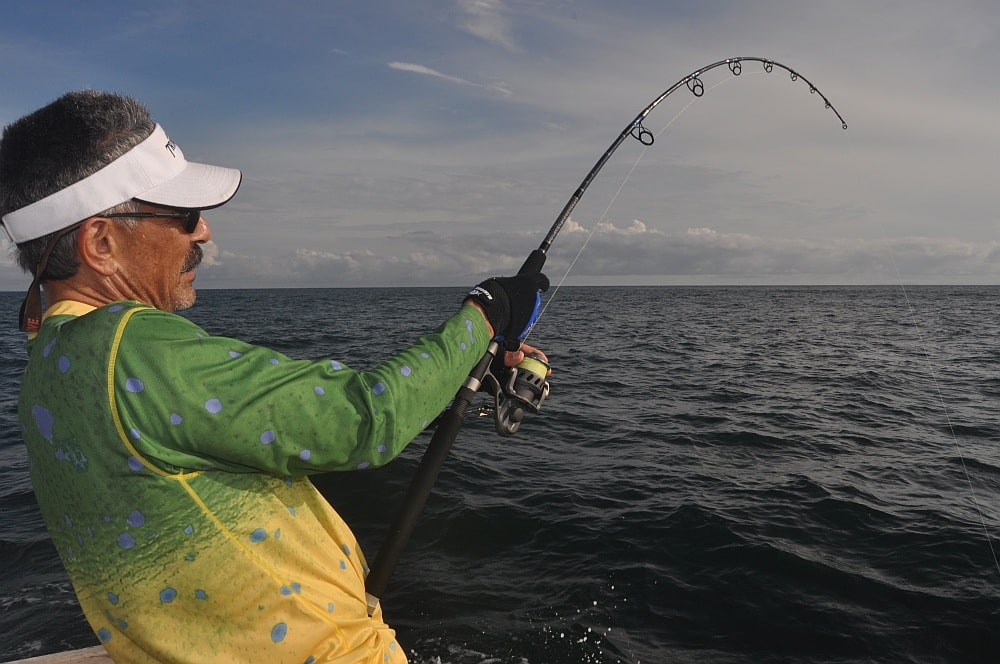
Maxxed out!
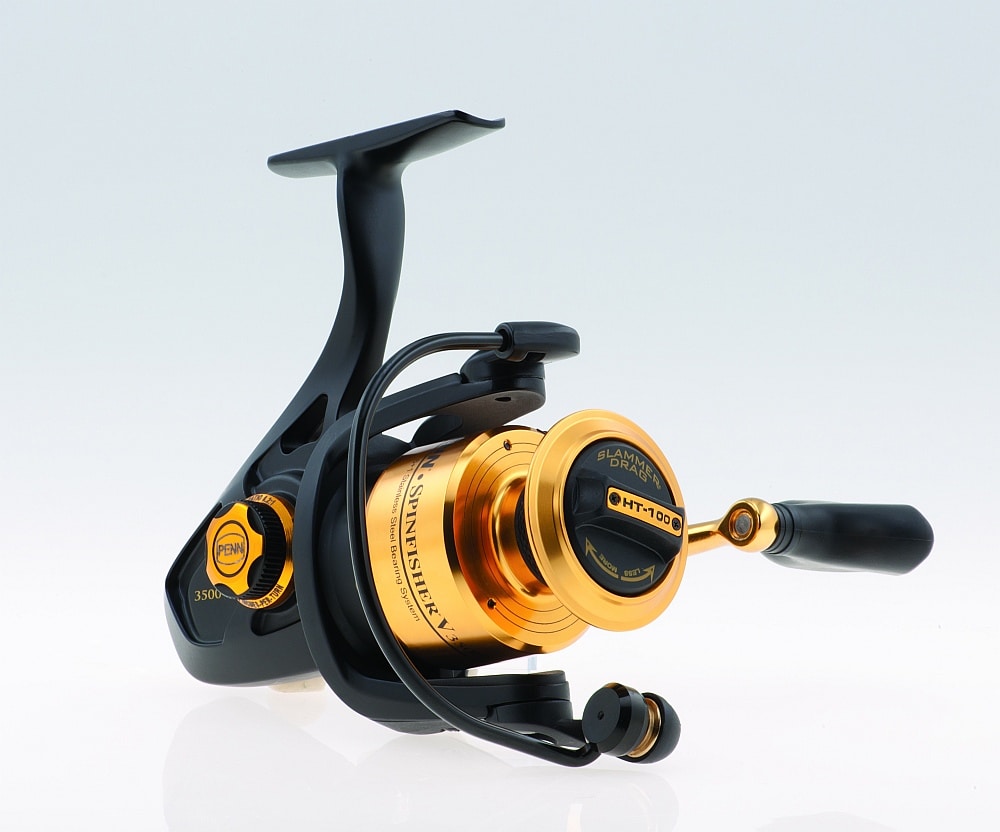
Penn Spinfisher SSV3500
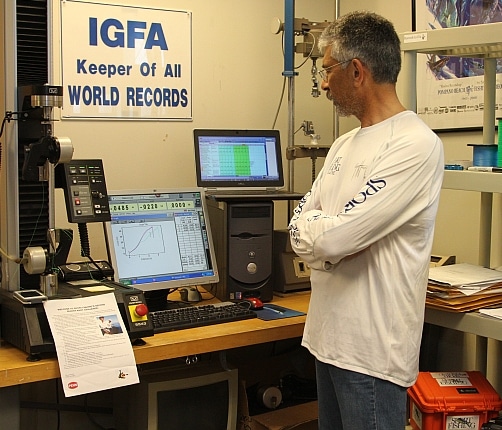
Reviewing Results
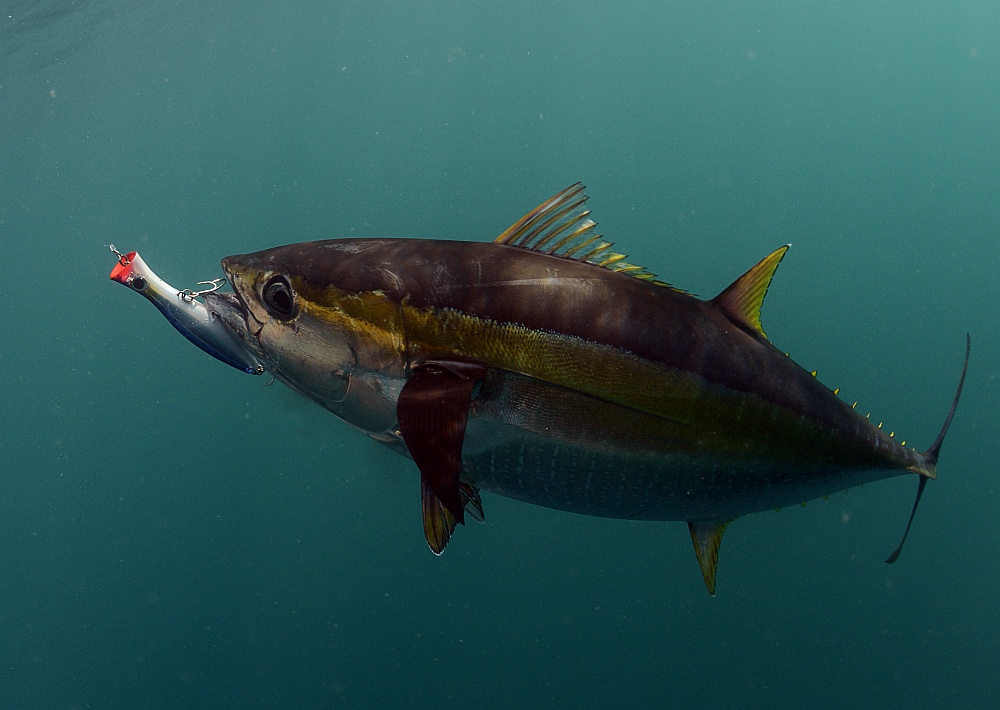
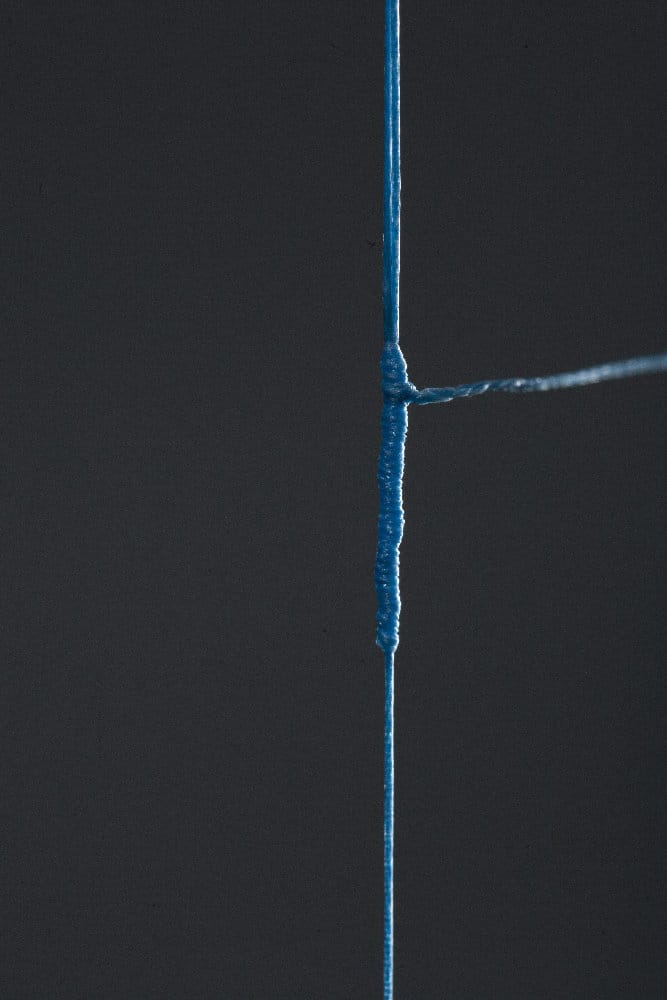
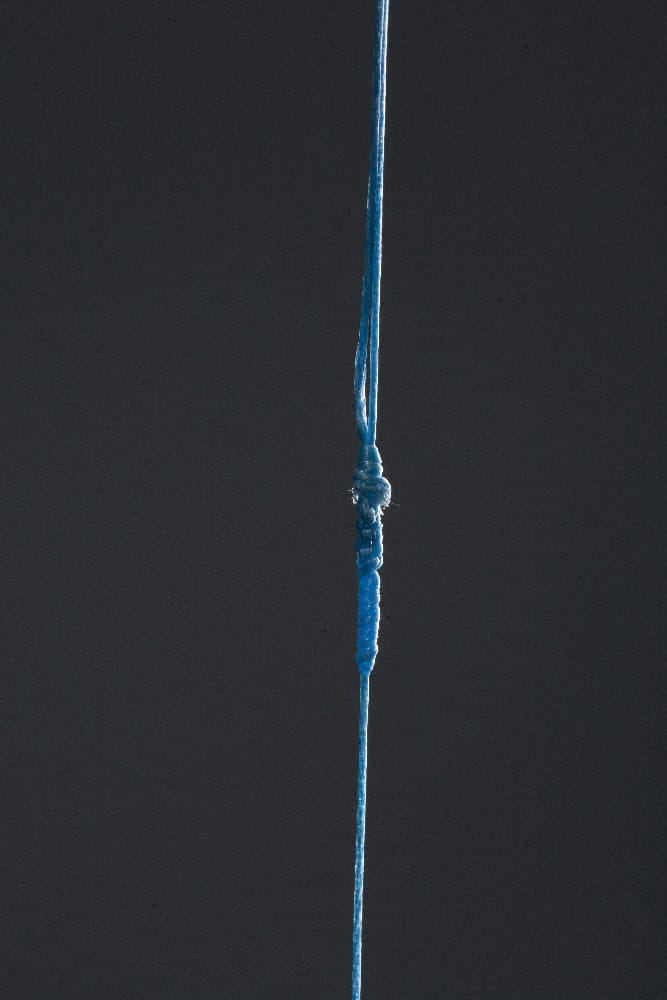
Third-strongest braid knot
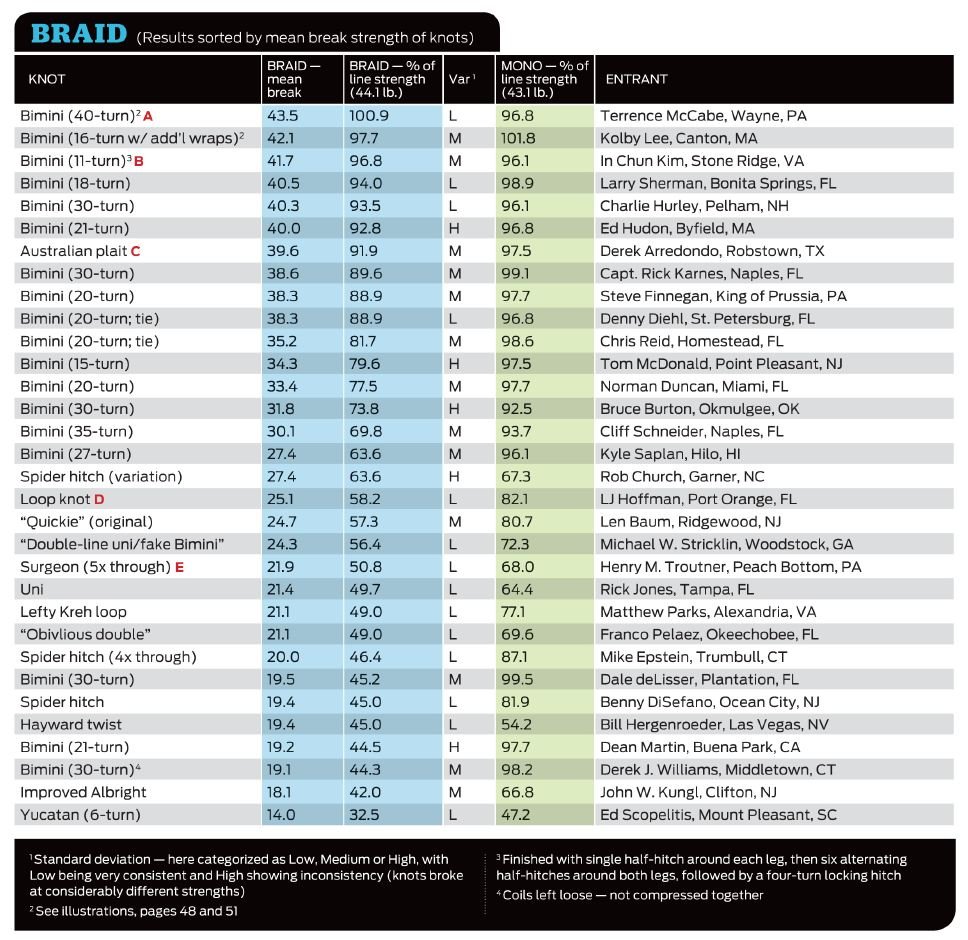
The Results — Braid
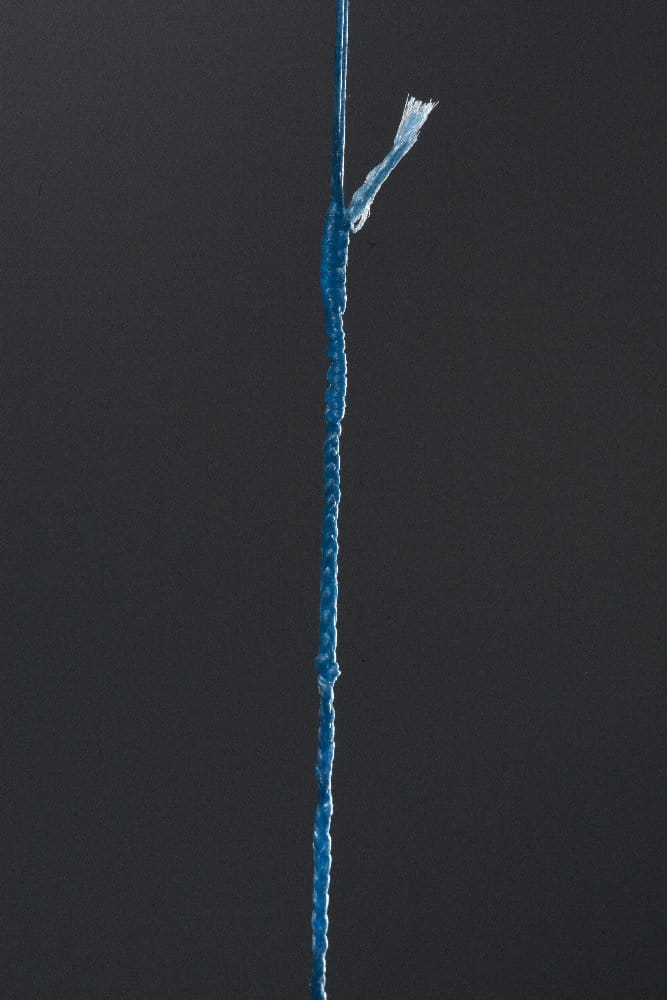
Australian Plait
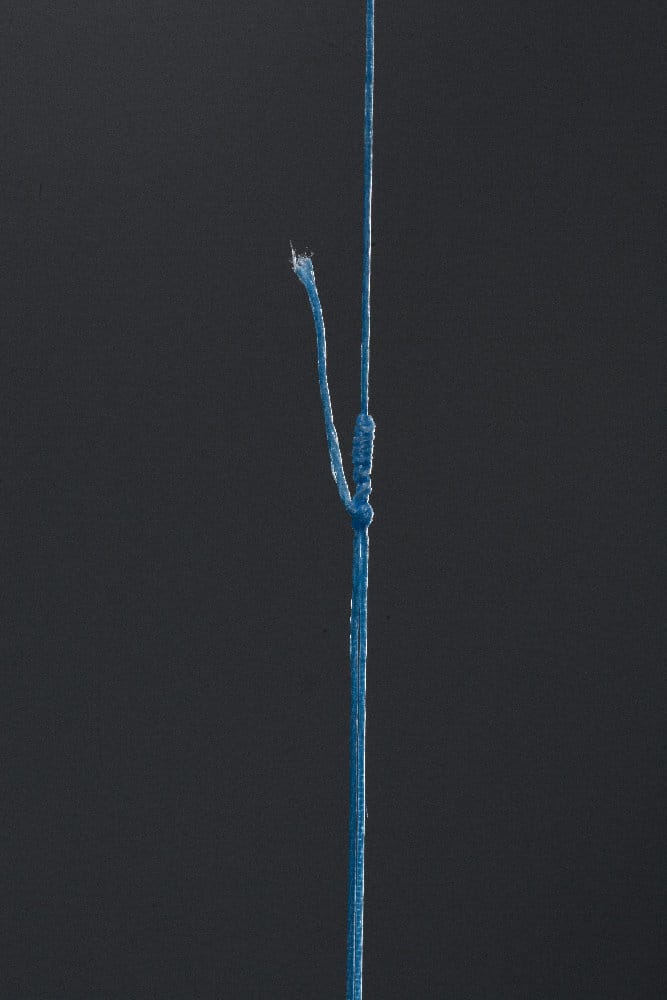
Loop Knot
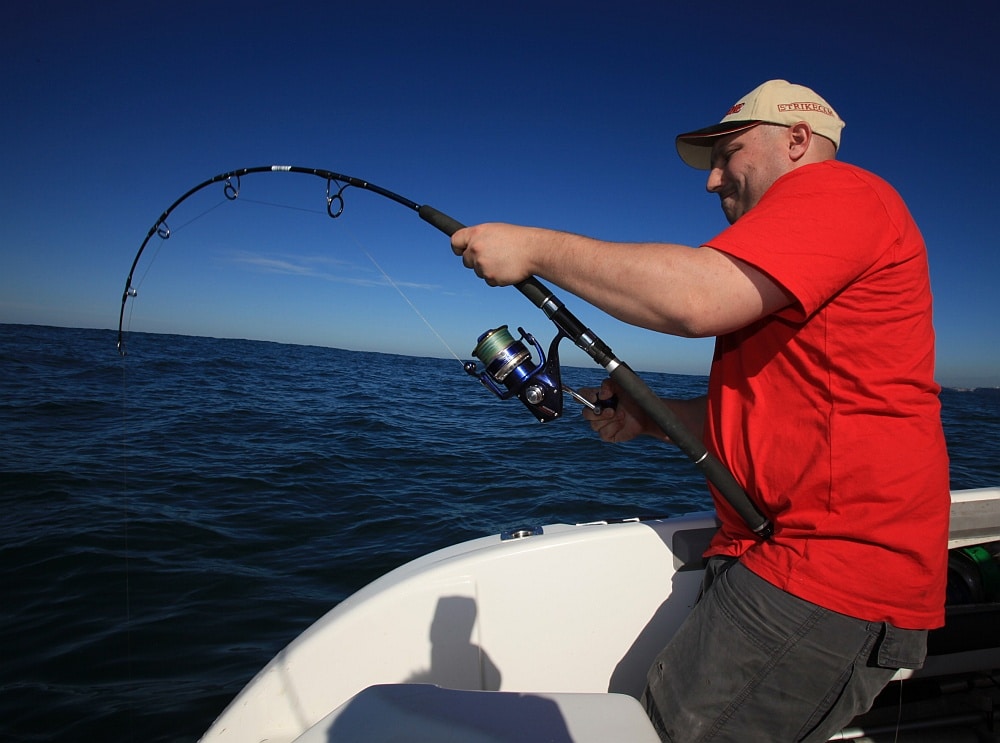
Knot Test!
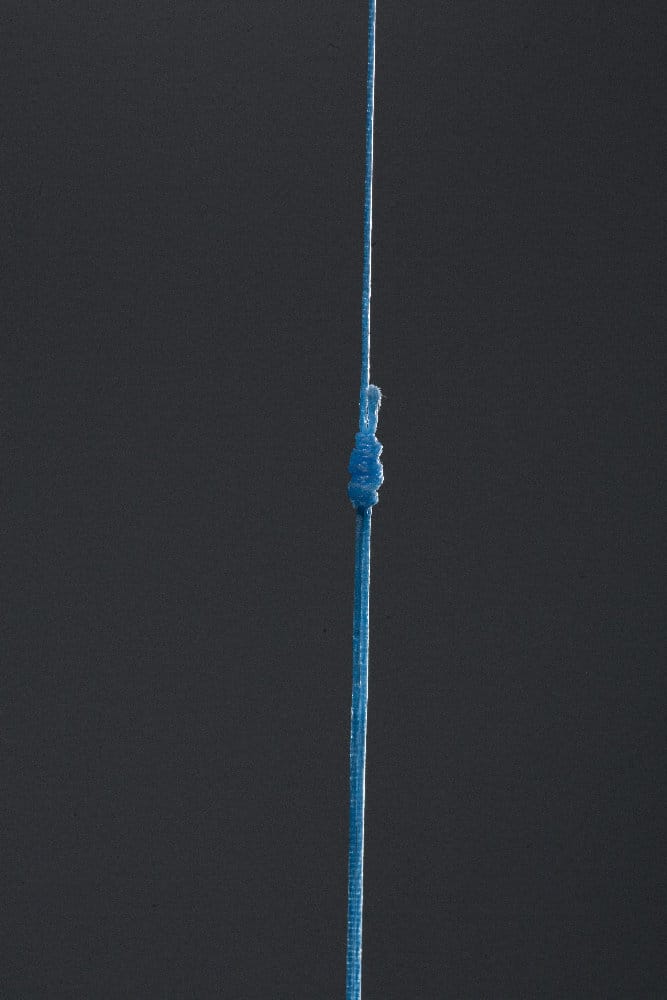
Surgeon’s Knot
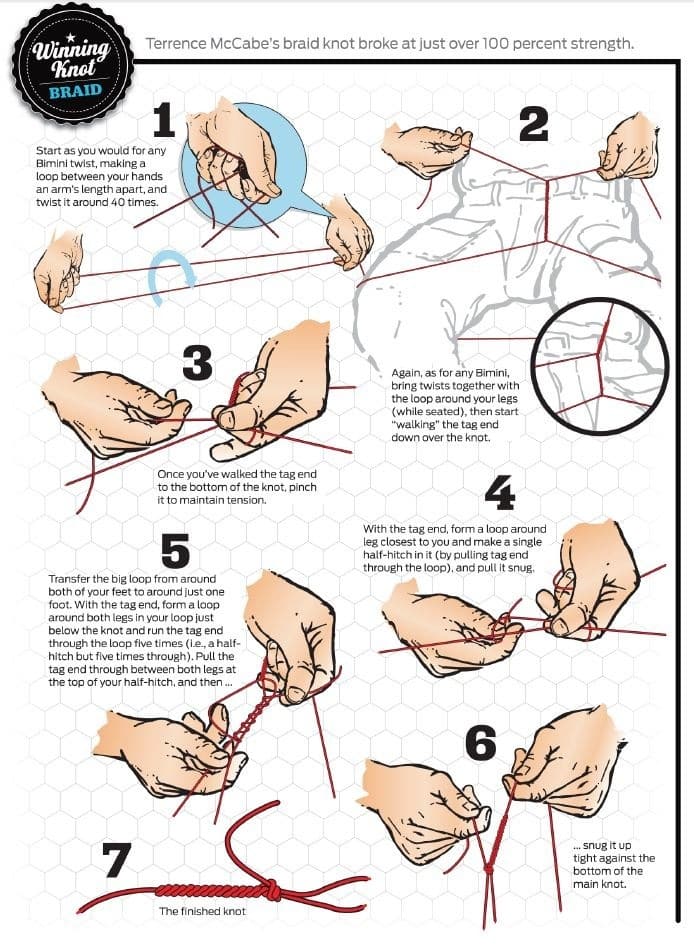
How to Tie the Winning Braid Knot
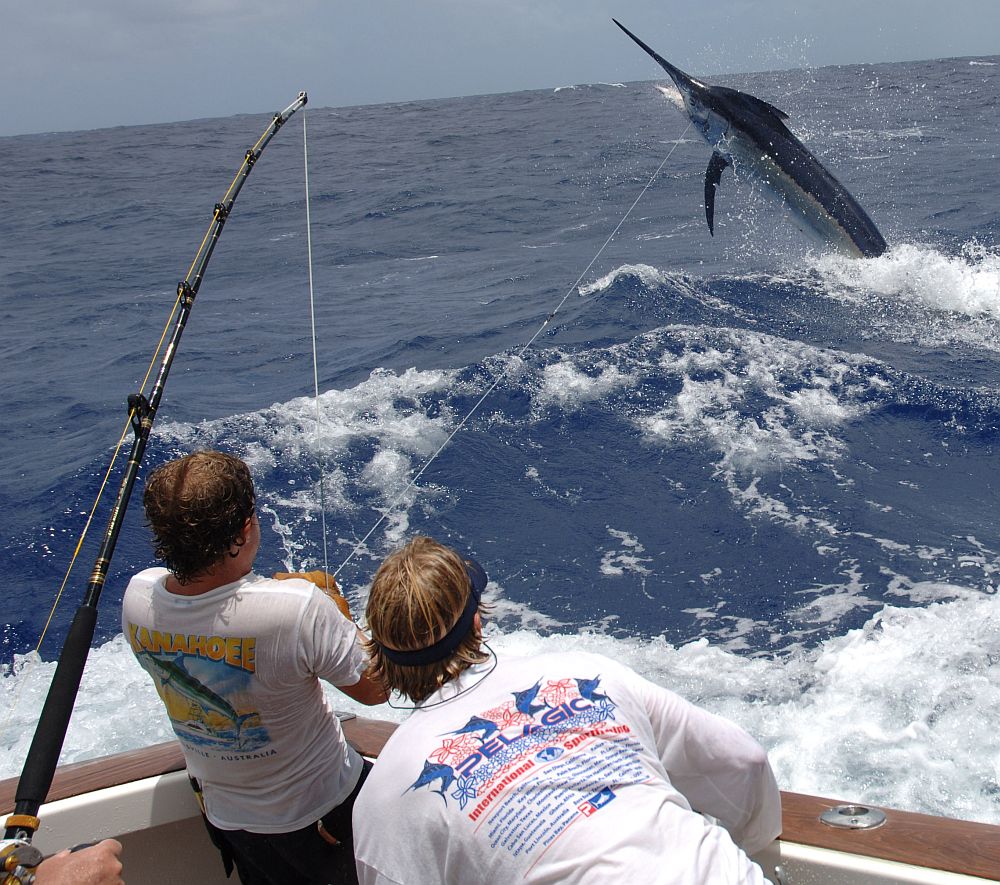
At the Endgame
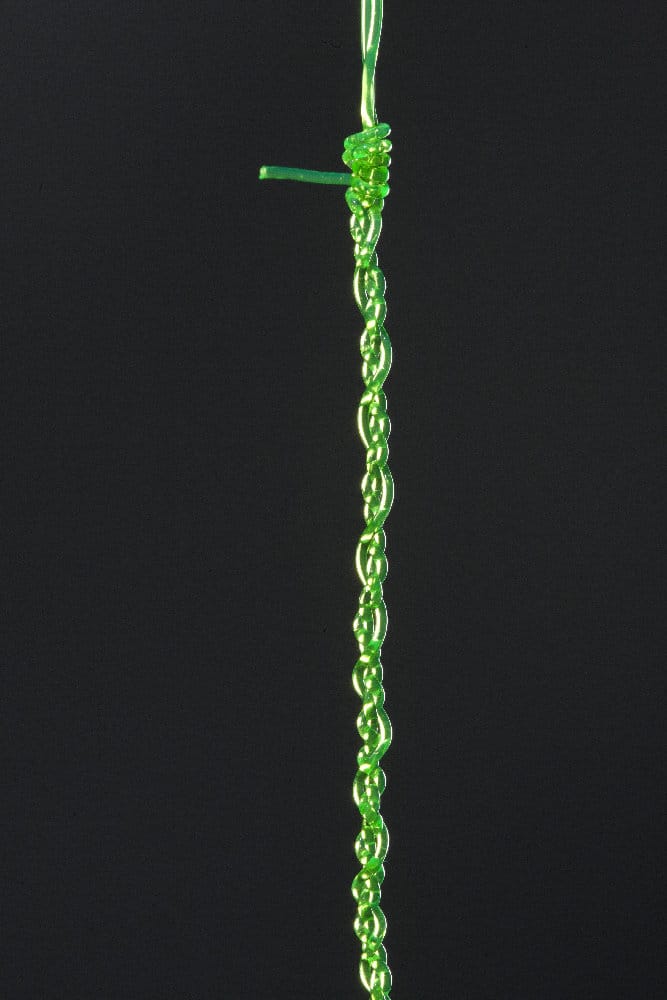
30-Turn Bimini
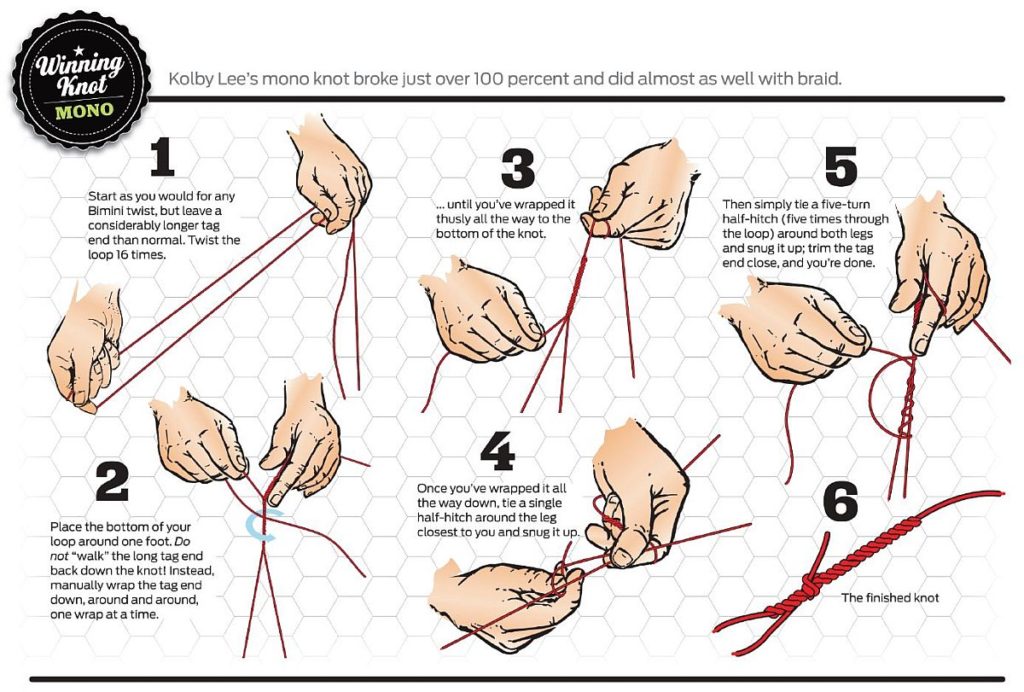
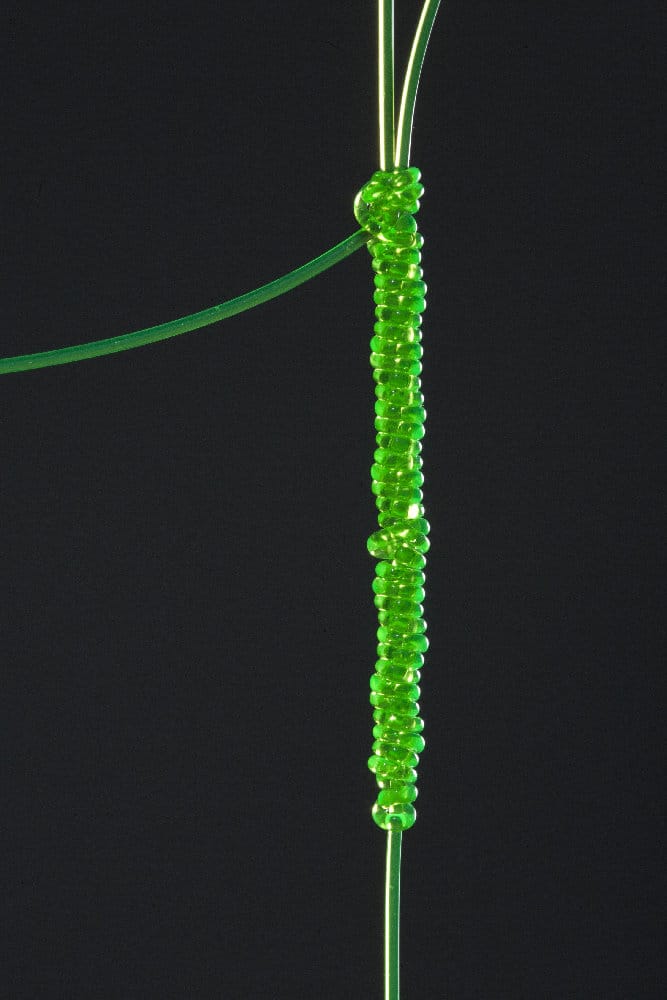
Strongest Braid Knot Fares Well in Mono
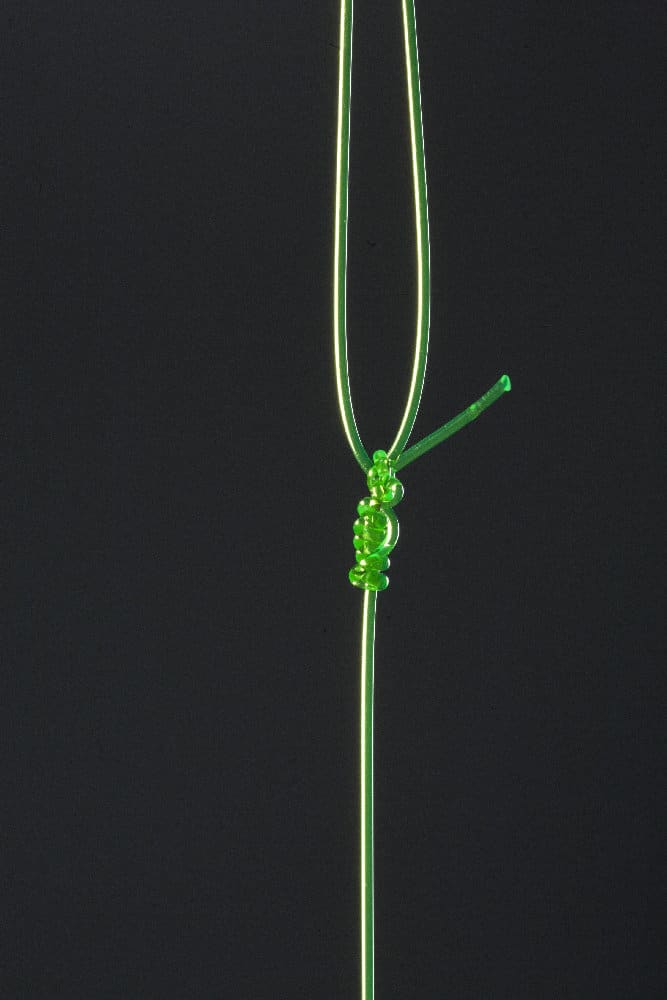
Lefty Kreh Loop
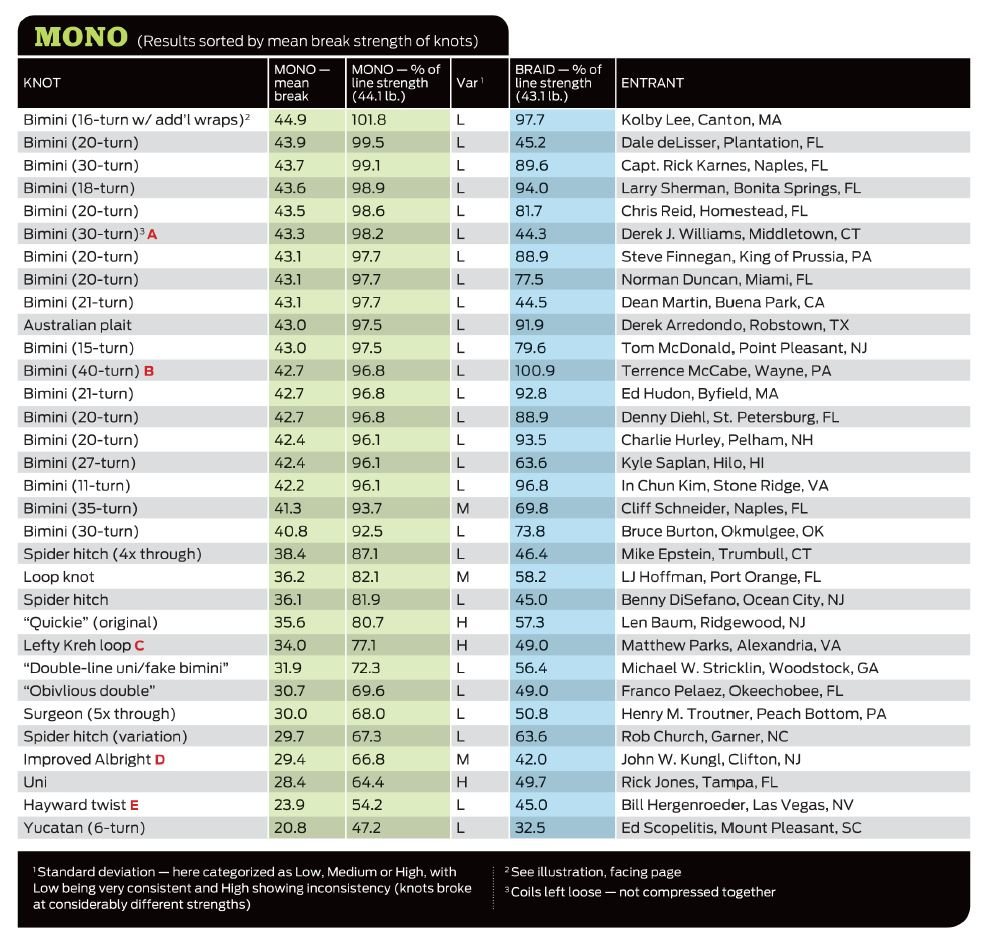
The Results — Mono
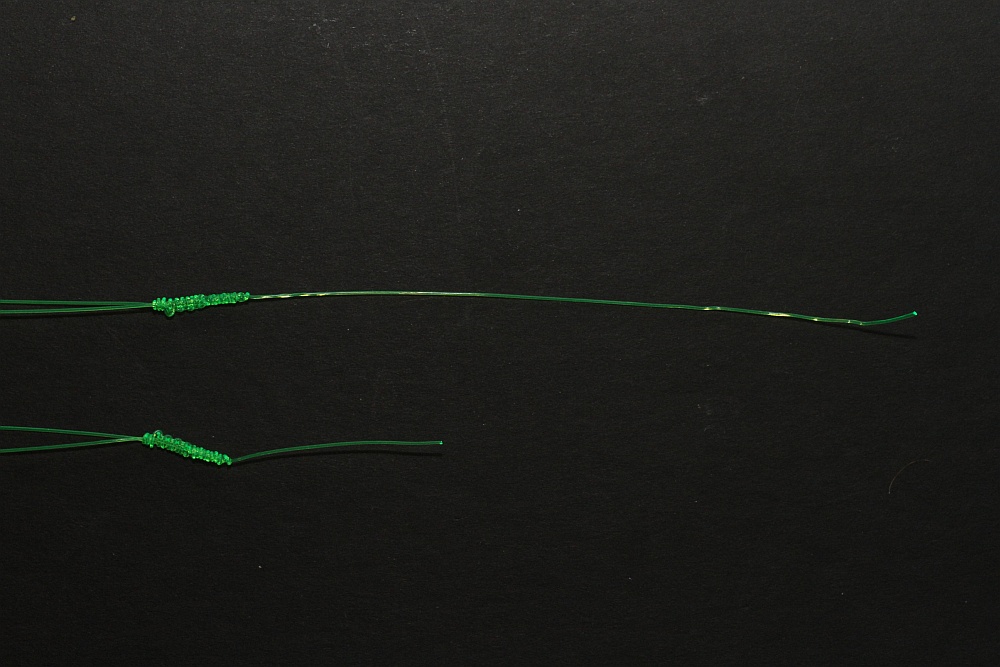
Knot: One. Line: Zero.
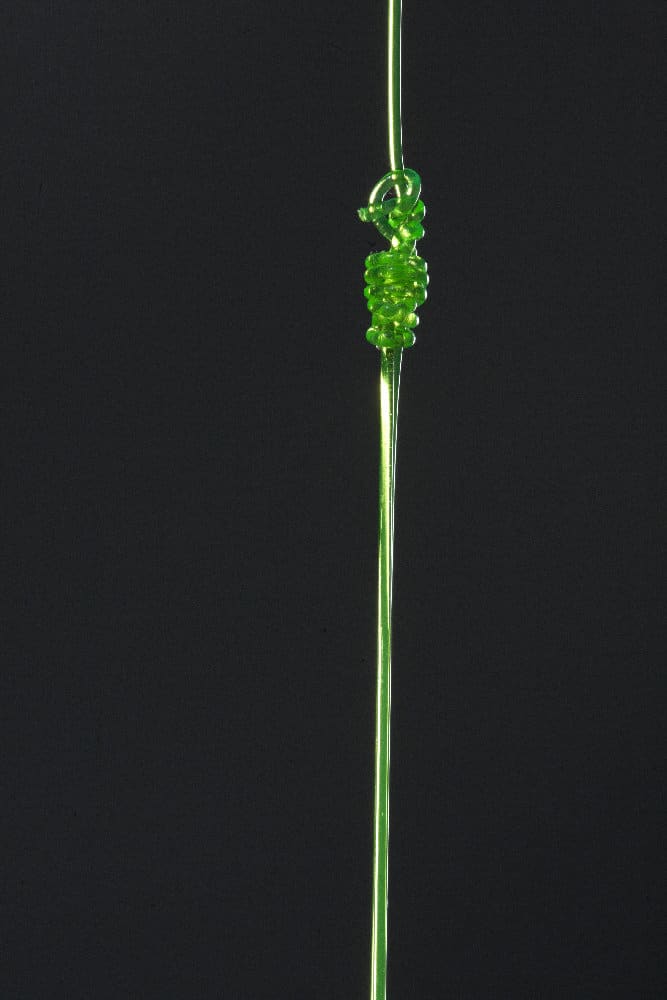
Improved Albright
